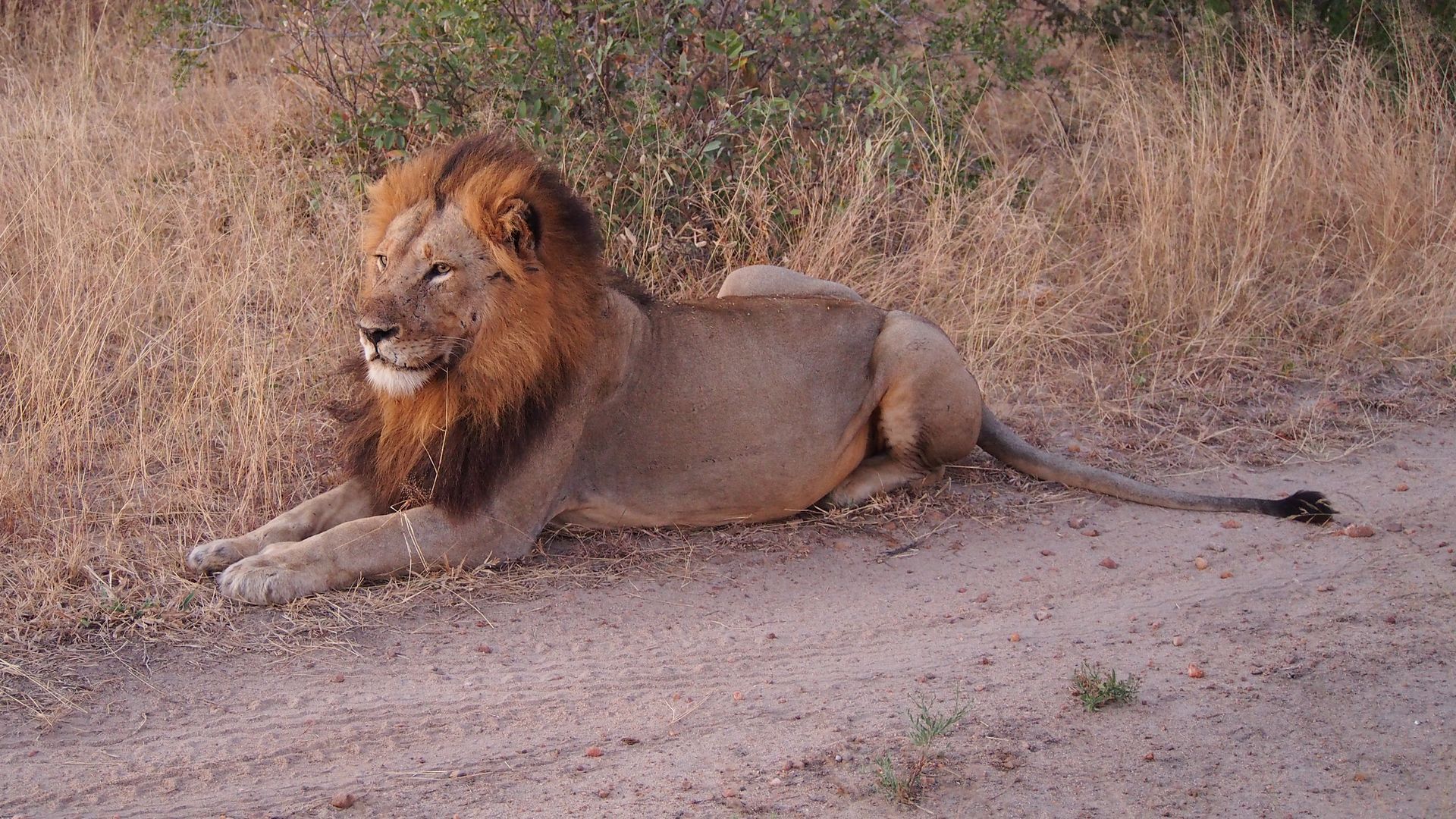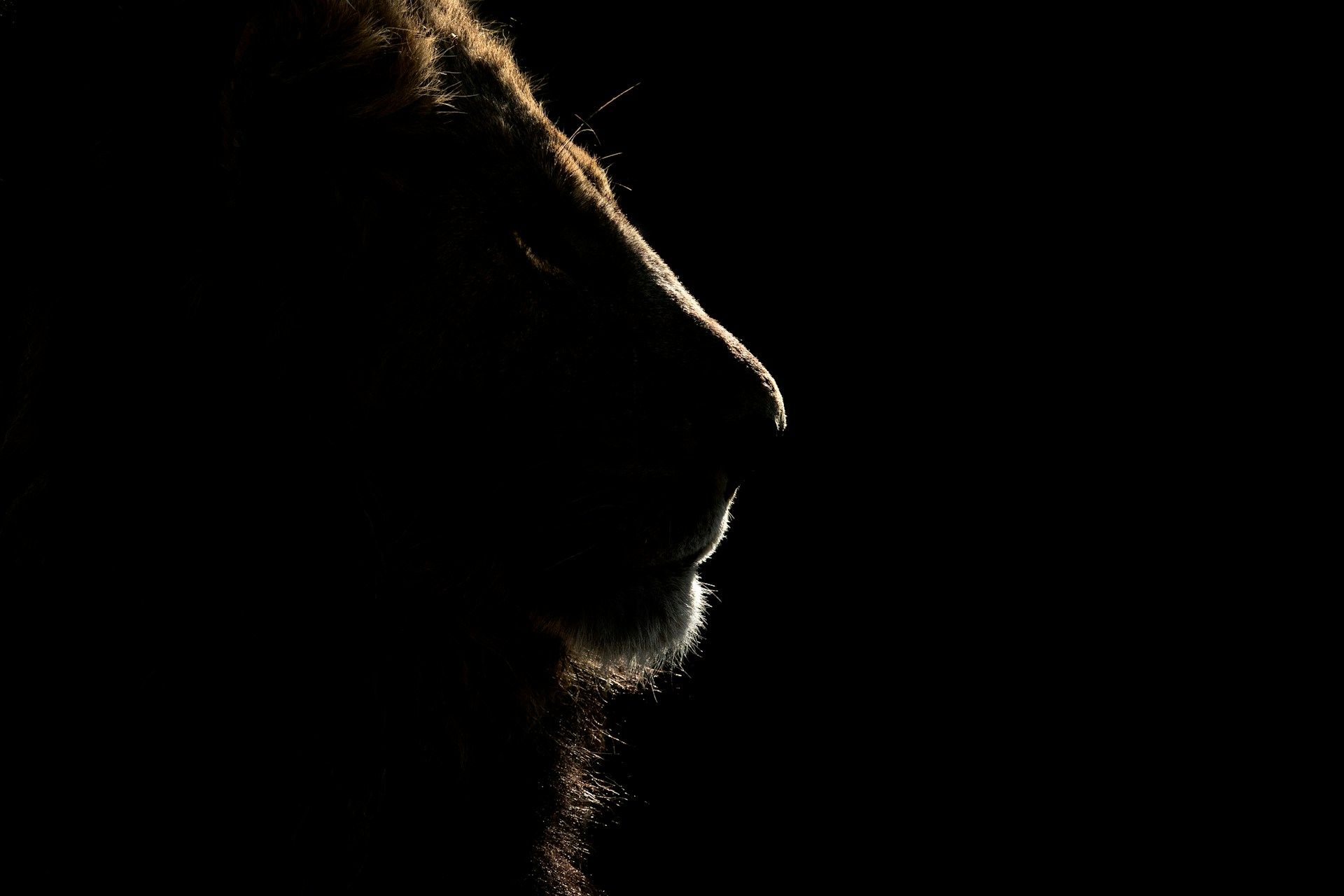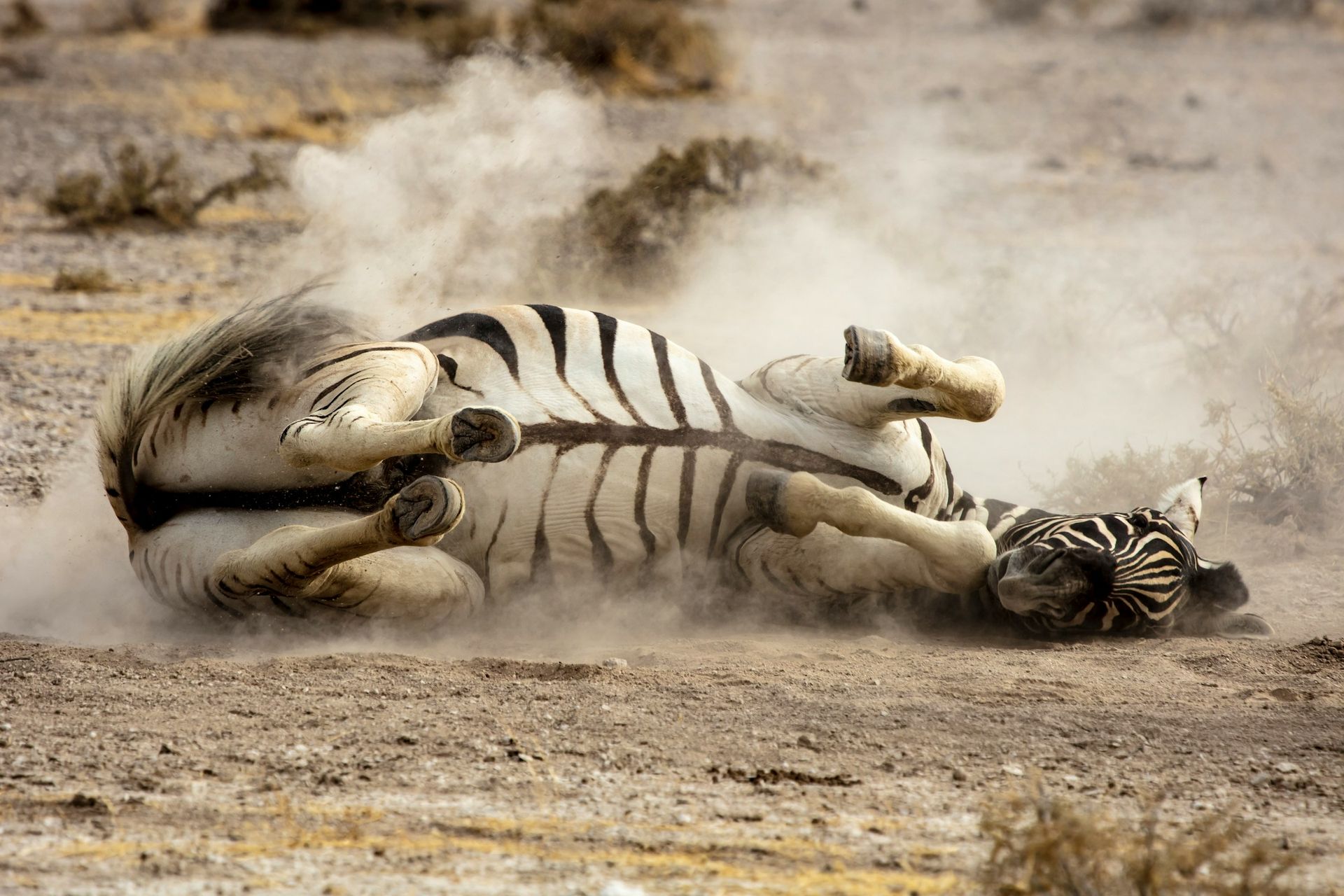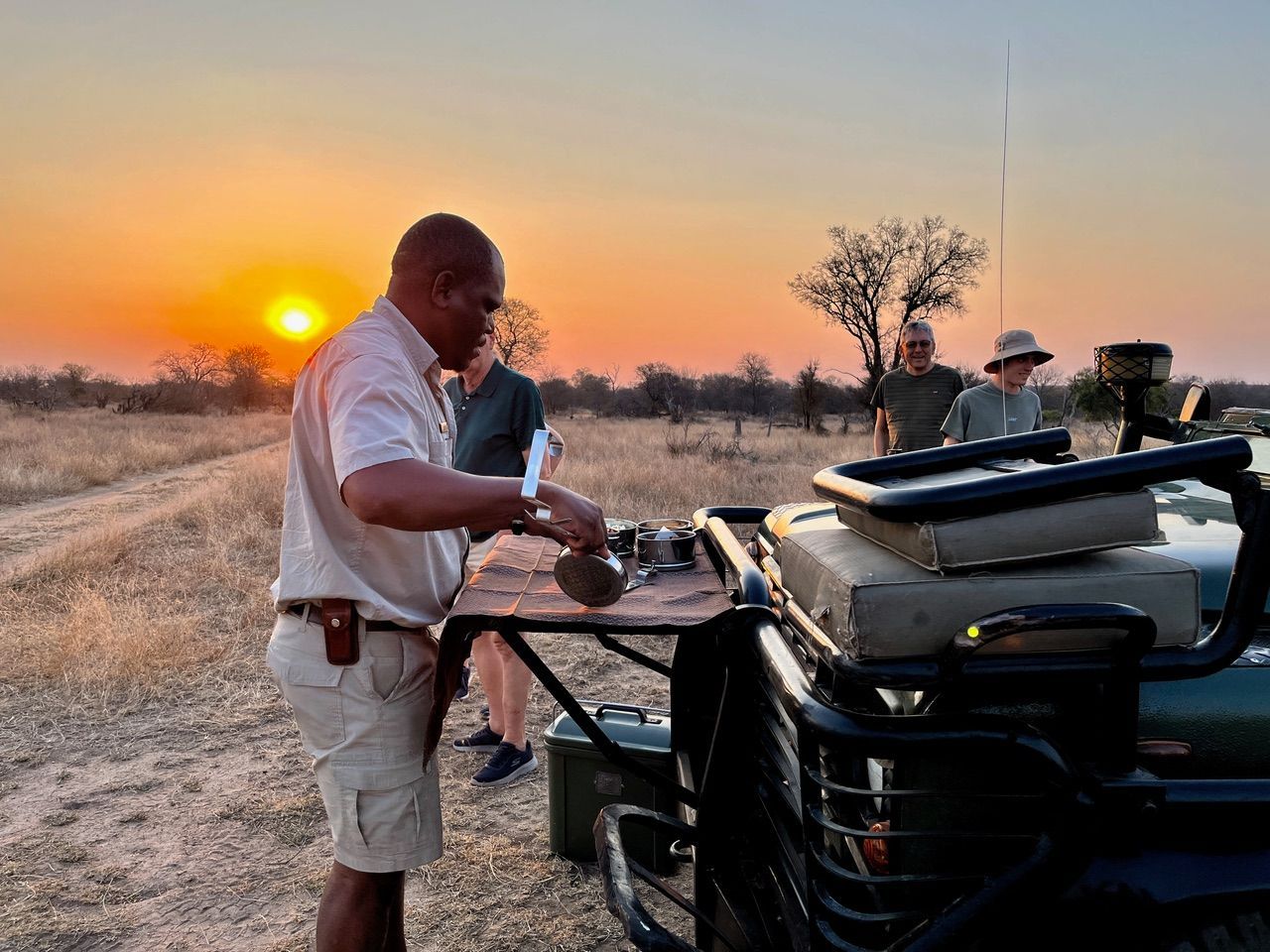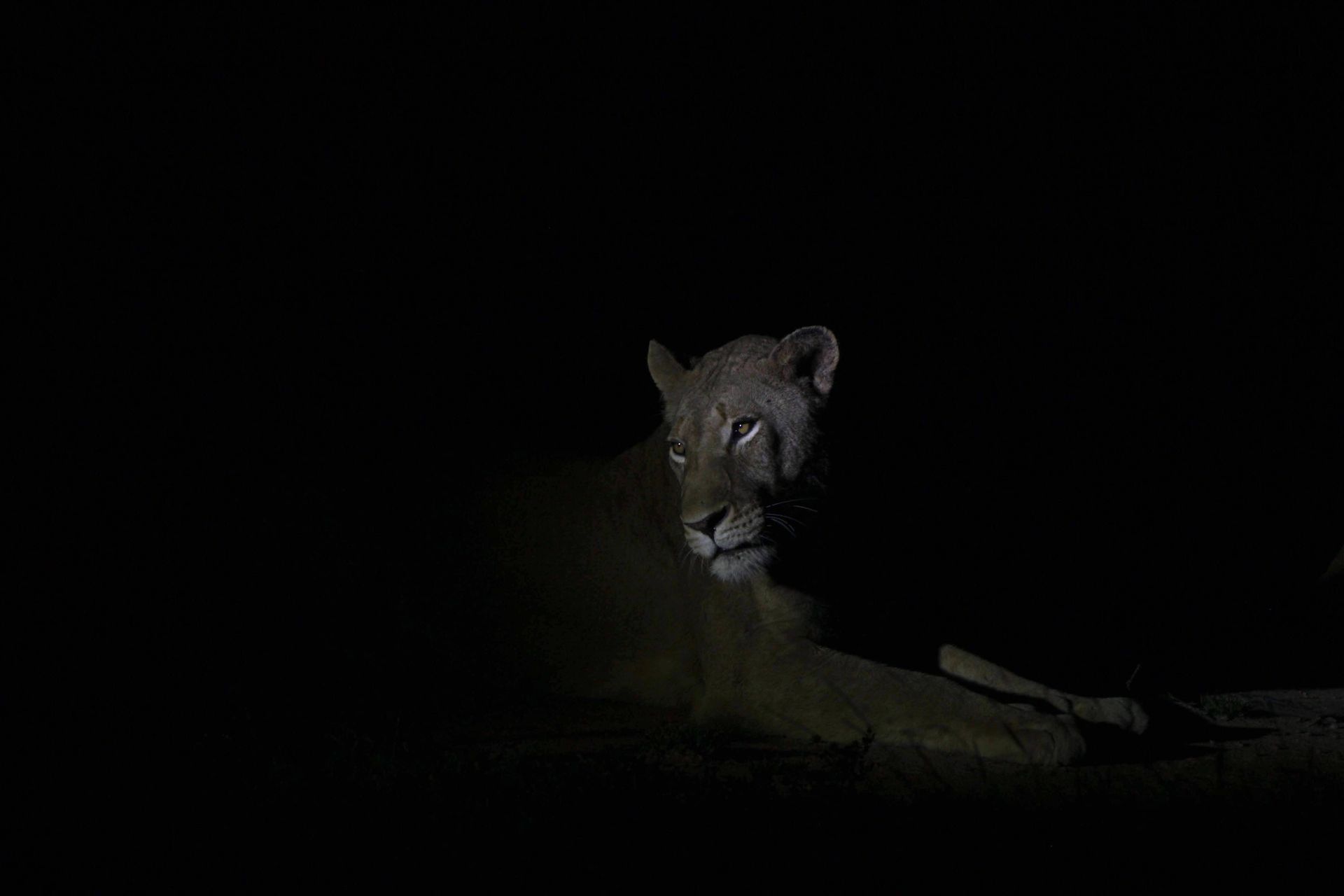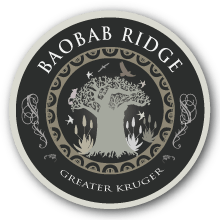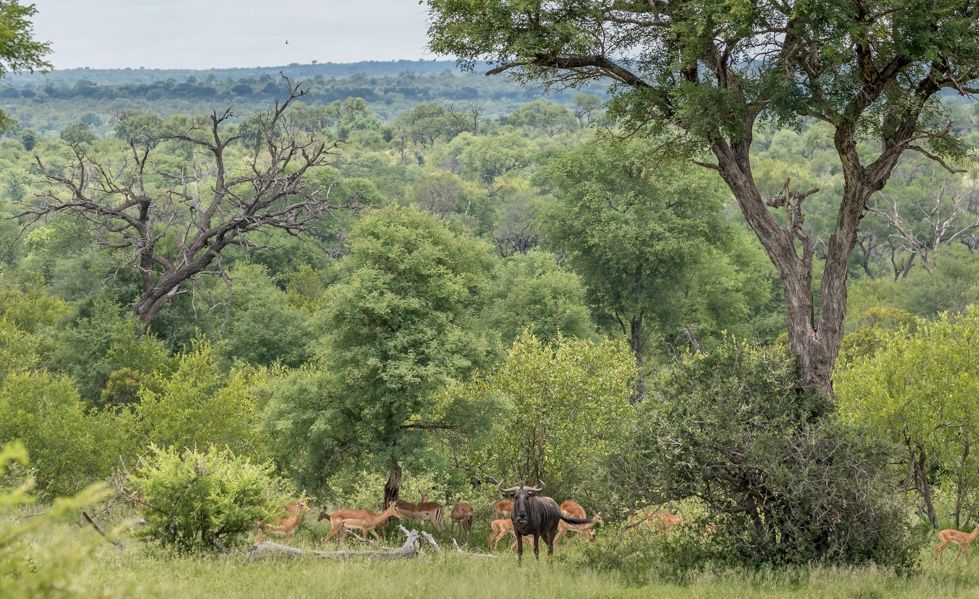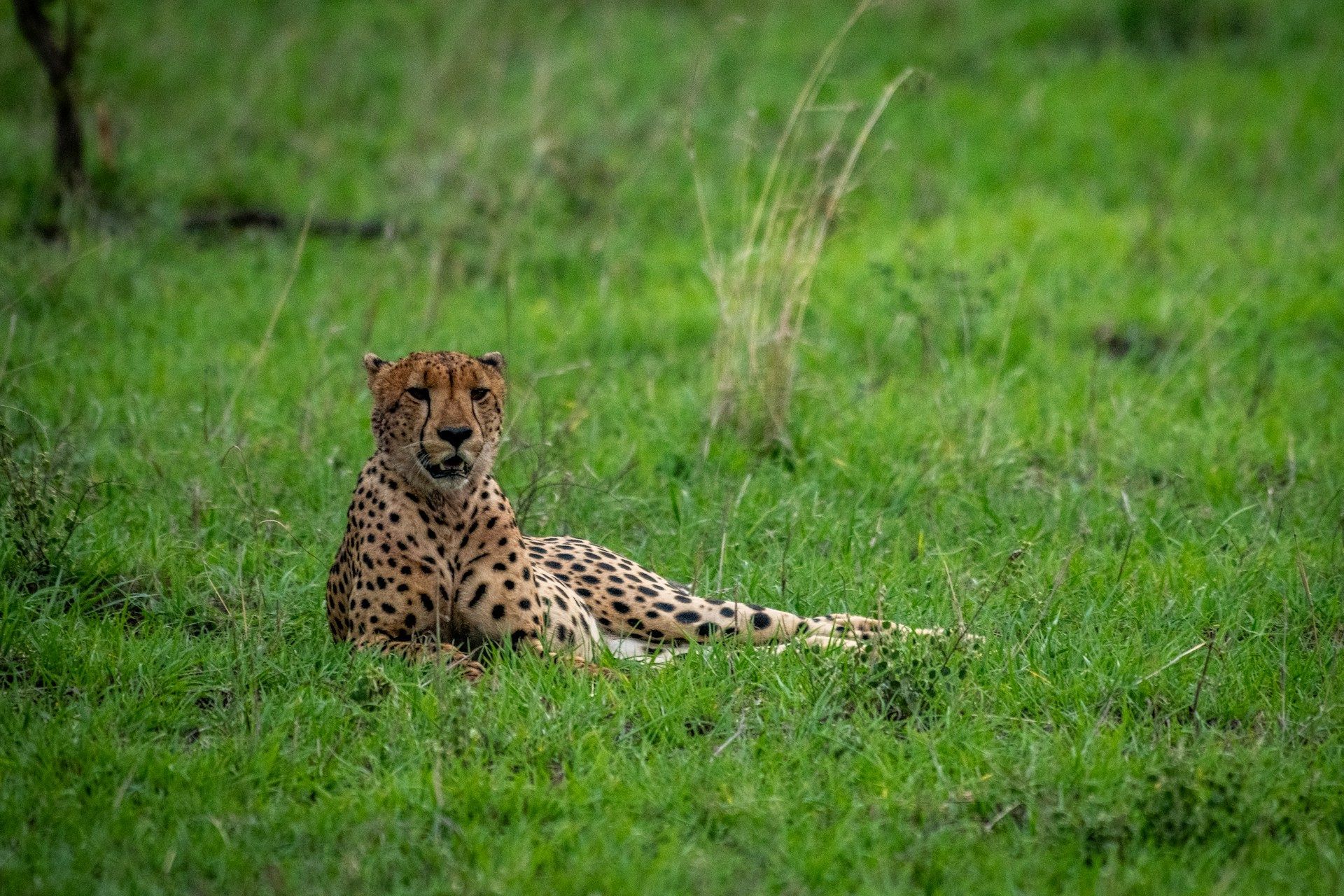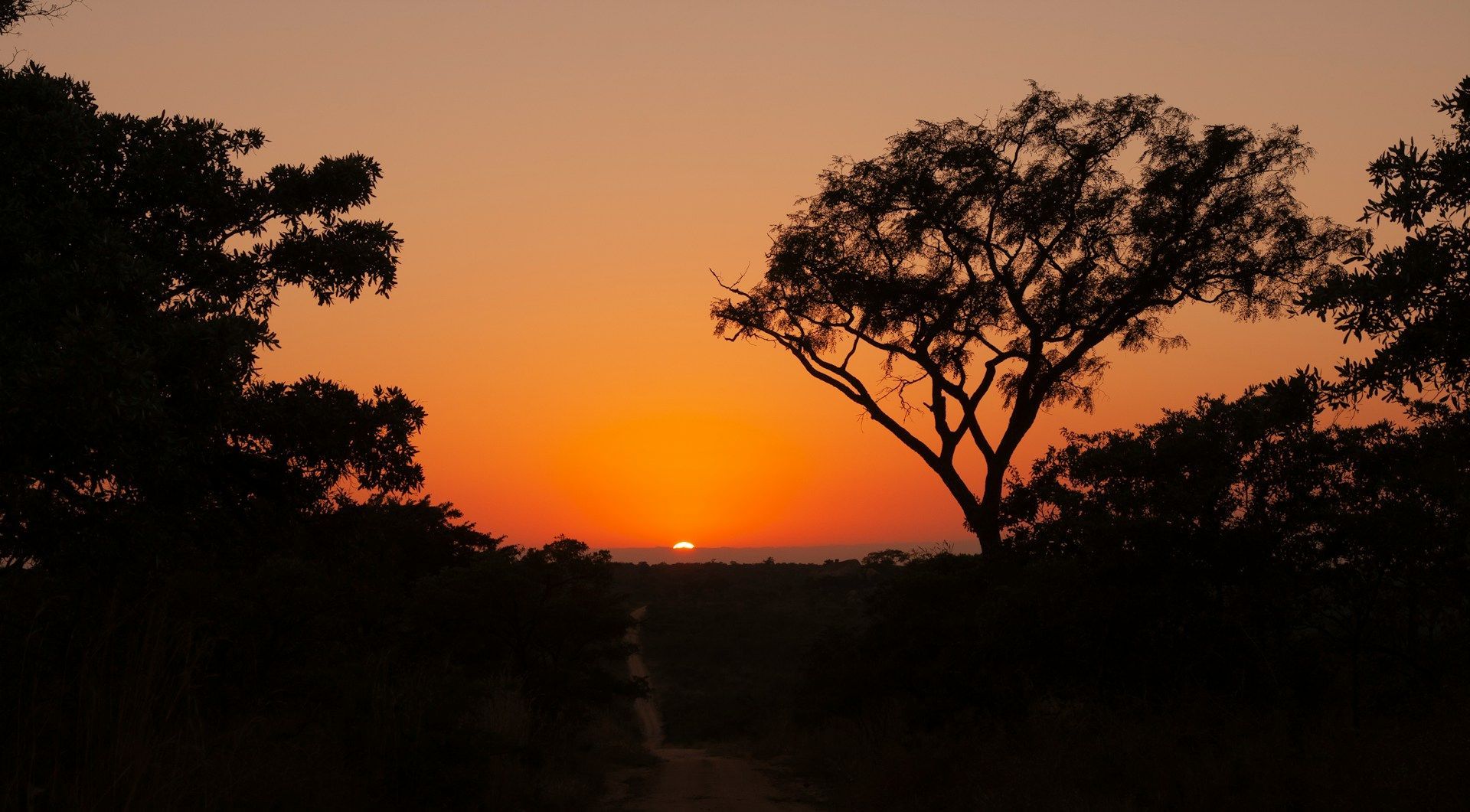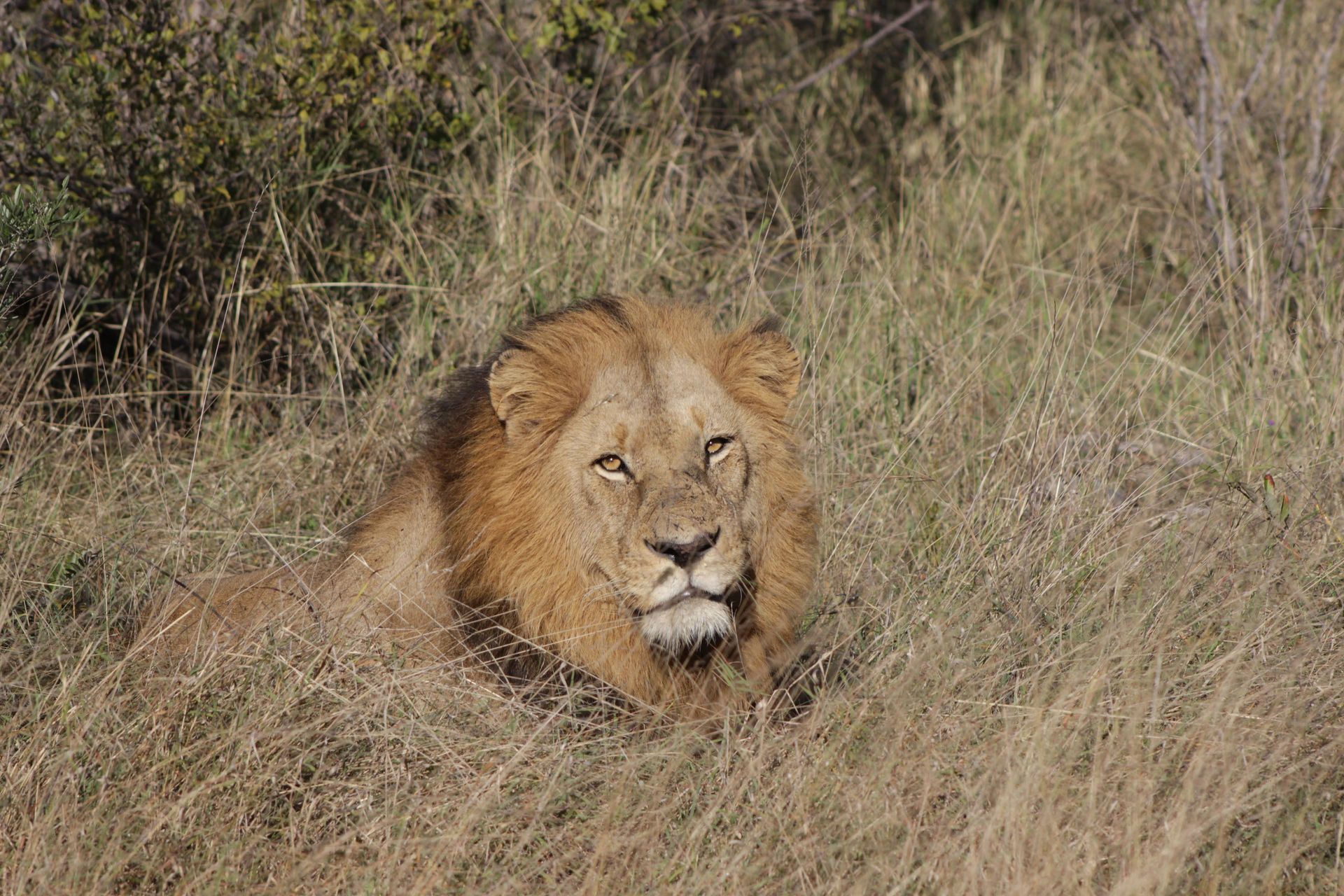Killer instinct
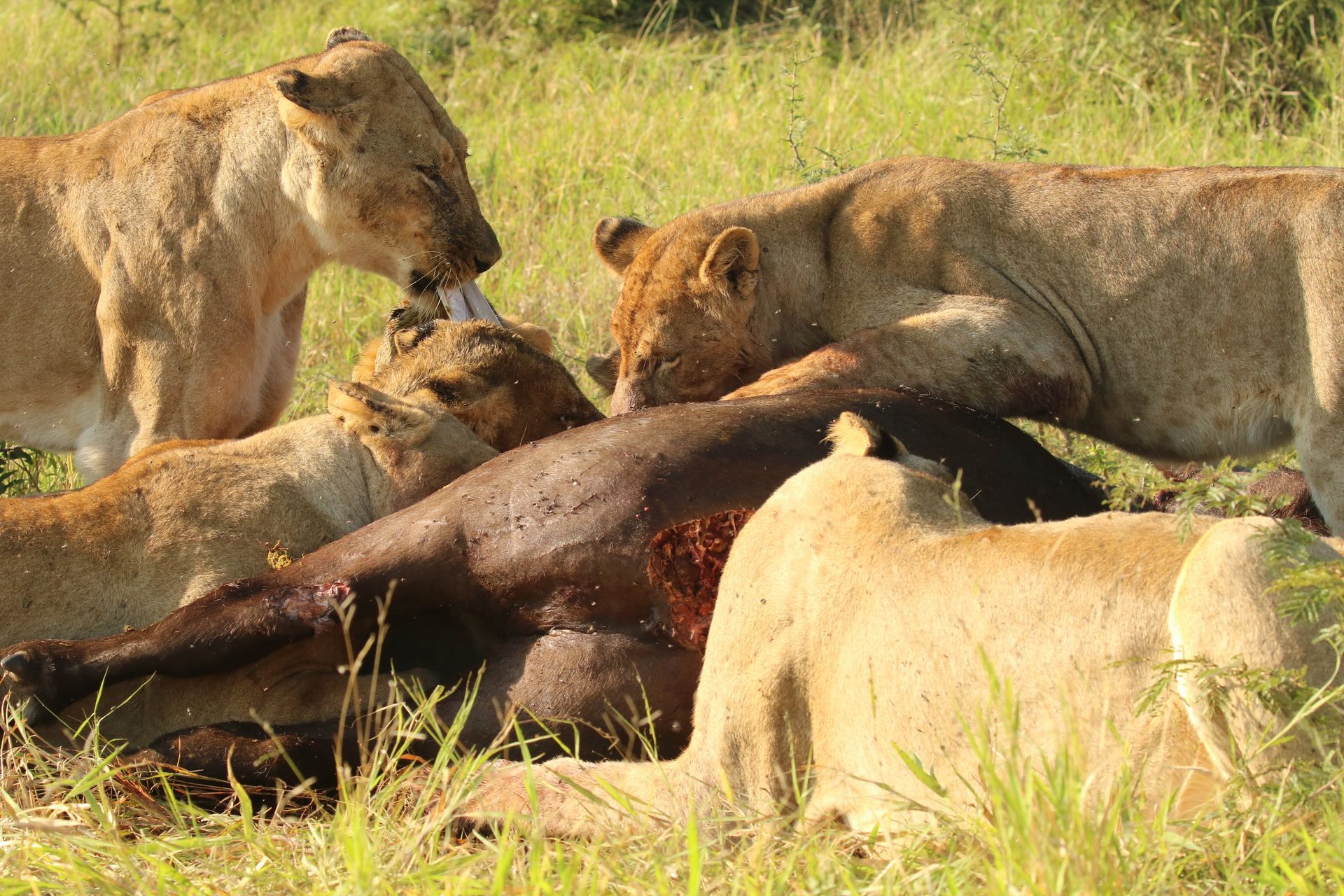
Learn more about the anatomy of a lion kill
Nothing brings home the raw power of the African wilderness like a lion kill. Seeing Africa's apex predator on a successful hunt, bringing down and devouring its prey is one of the most primal and thrilling things you can experience on a safari and will change the way you think about a lot of things!
Not for the faint of heart and harrowing to watch, a kill nonetheless reminds us of the incredible challenges wild animals face on a daily basis in their quest to stay alive and pass on their genes. It's the most basic instinct that's hard-wired into all animal species - kill or be killed. Everything has to eat, and that means that something has to be eaten.
While lions do hunt alone, and can be successful solo providers, they hunt best in prides, using their strong social bonds to come together and bring down larger, more nutritious prey that they would not manage to kill alone. It's usually the lionesses who initiate the hunt, most often at dusk or during the night.
Lions stalk their prey, often for hours, before getting into a position where they are close enough to charge, using strength of numbers to run down prey by either knocking it over with a swipe of a paw or pouncing onto it and using their own bodyweight, claws and teeth to either fell it outright or bring it to an inevitably fatal standstill.
The "kill" itself happens when a lion clamps its jaws around the victim's throat or nose, closing it off and suffocating it. Occasionally it will bite through the victim's neck, killing it instantly. With larger prey species like buffalo and small elephant, the "killing" part can take a long time as it's more difficult to suffocate, so sometimes the prey will be dismembered while still alive and will either bleed to death or die from shock.
Lions generally open the carcass through the soft stomach area, as this is the easiest point of entry. They take care not to rupture the stomach and alert scavengers to the kill through the smell this emits, and rather target the liver and kidneys which are highly nutritious, before moving on to major "meaty" muscle groups around the groin and hind legs.
They will gorge for a few hours before resting a short distance from the carcass, making it easy for them to fend off scavengers like hyena and jackal, attracted by the smell of blood and sights and sounds of the kill. During the day vultures are the major scavengers, and they will sit in trees around the kill waiting for the opportunity to feed on the carcass.
Lions will sometimes protect a large carcass like buffalo, giraffe or elephant for days on end, feeding and resting in between and leaving it when they have either eaten all they can, or the meat becomes too rank and maggot-ridden to be palatable. The scavengers have stronger stomach acids to deal better with rotten carcasses.
The prime prey species for lions fall in the 45kg to 450kg bracket and include everything from impala, zebra and wildebeest to buffalo, young elephant and giraffe. They are opportunistic killers and will chase and bring down prey that passes their way even if they have recently fed.
The abundance of prey has a direct affect on lion pride size - the more prey there is, the larger the prides become, sometimes reaching "super pride" status with more than 30 individuals. Most are related females and their offspring, ranging from sub-adults to small cubs, with a single or group of related or bonded males (known as a coalition).
When stalking together, a pride will use different angles of approach to cut off escape routes of their prey, watching one another to assess the best stalking strategy.
